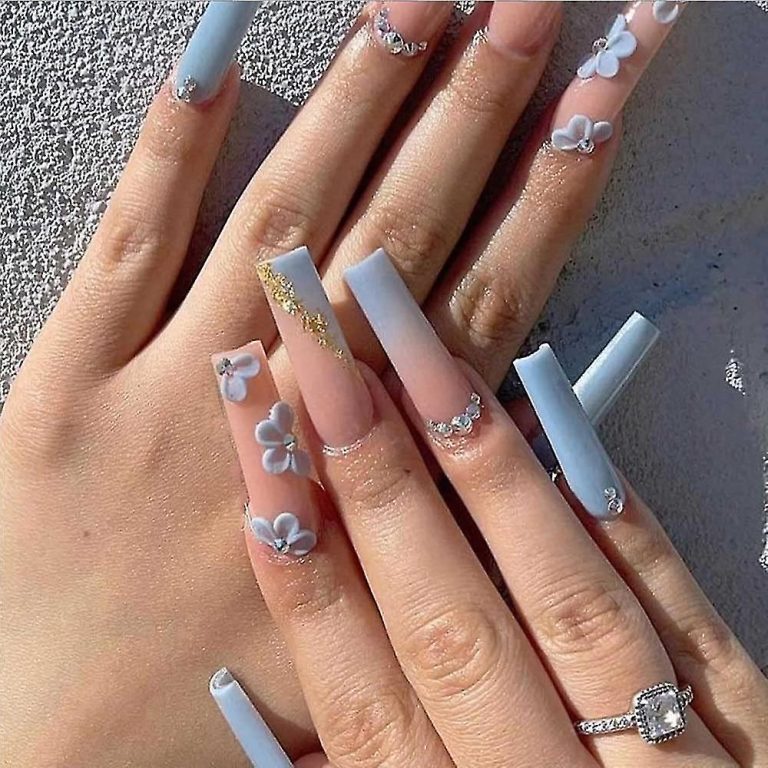
An Old Bag of Nails
An Old Bag of Nails: Rusty Treasures and Memories
We’ve all seen them – tattered canvas bags bulging with a jumbled assortment of old, rusty nails. They linger in dusty corners of garages and sheds, remnants of past projects. While often overlooked, these unassuming bags hold stories and value. Let’s explore the humble bag of aged nails.
Nails Through History
Nails are humble yet vital fasteners with a long history. Evidence shows ancient Roman and Egyptian civilizations used nails crafted from bronze, copper, and iron. Fast forward to the 1800s when machine-made nails became affordable and ubiquitous for construction.
However, before modern manufacturing, nails involved time-consuming handcrafting by blacksmiths and nailers. This painstaking process created nails one-by-one using techniques like hammering wrought iron over a anvil beveled edge. As such, each early nail represents imperfect handiwork.
Time-Worn Treasures
Within tattered bags, you’ll uncover true vintage character nails – pitted with rust, bent from usage, yet sturdy and impressive. These aged nails connect us to construction methods and craftsmanship from decades or centuries prior.
Common vintage nail discoveries include:
- Square cut masonry nails for securing heavy timbers
- Rosehead nails with distinctive multi-faceted heads
- Slender brads used in furniture crafting and cabinetry
- Handfaceted nails with hammer markings and unique shapes
Thanks to their thick iron composition, these well-made antique nails withstand decades of rust and oxidation while maintaining integrity. The nail’s distressed surface also shares wisdom like provenance, purpose, and how the nail was created.
Finders Keepers
So where do these vintage nail stockpiles originate? Demolition and renovation projects often reveal troves of discarded old nails. Rather than discard them, insightful builders, collectors, or history buffs rescue the rusticated nails for appreciation.
Some saveantique nails for practical reuse in restoration projects yearning for period-appropriate materials. Others cherish them as relics representing different eras or trades. Regardless of motive, these bags of nails connect us to our built environment’s narrative.
Meanwhile, modern DIYers stumble upon bags of aged nails in basements, garages, or outbuildings of older homes or properties. Perhaps previous owners or residents squirreled away nails scavenged from miscellaneous projects over decades. This makes each nail bag’s backstory charmingly unique.
Reclaimed Decorating
Beyond construction usages, old nails inspire charming repurposed crafts and decor. Visual storytellers transform frost-kissed nails into whimsical folk art pieces like:
- Galvanized tin letters outlined in protruding nails
- Sculptures celebrating blacksmithing or trades
- Intricate strung or woven nail tapestries
- Decorative signs or wall hangings with nail patterns
The rough, patinaed character of aged nails lends authenticity. Each crudely hammered shank and oxidized spire possesses captivating imperfections from years of existence.
ReCrafting History
With some creativity, old nails can live new lives in innovative home goods or accessories. For instance:
Furniture Makeovers
Use sturdy square nails as decorative studs or tack trim when refinishing vintage wood furnishings. Or craft rustic DIY lighting, pot racks, or shelves using the salvaged nails.
Garden Art
Nails with rosined shanks create architectural bird houses, plant stakes, or trellises that cultivate an”bygone era” vibe. Their riveted surfaces introduce organic textures.
Fashionable Finds
Jewelry makers prize distressed nail heads and shanks for statement pieces like rings, cuffs, pendants, and hair accessories. Time-worn nails seamlessly complement leathers and metalwork.
Next Nail Encounter
So on your next visit to the local hardware or antique shop, pay closer attention to that dusty bag of rusty nails tucked away. Those humble fasteners were likely forged decades ago, hammered into heritage buildings or furnishings that have stories.
Each old nail retains its imprint and individuality from the manufacturing process, use, and era. Maybe you’ll even be inspired to rescue and repurpose these vintage gems into modern creations!



